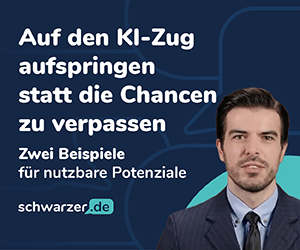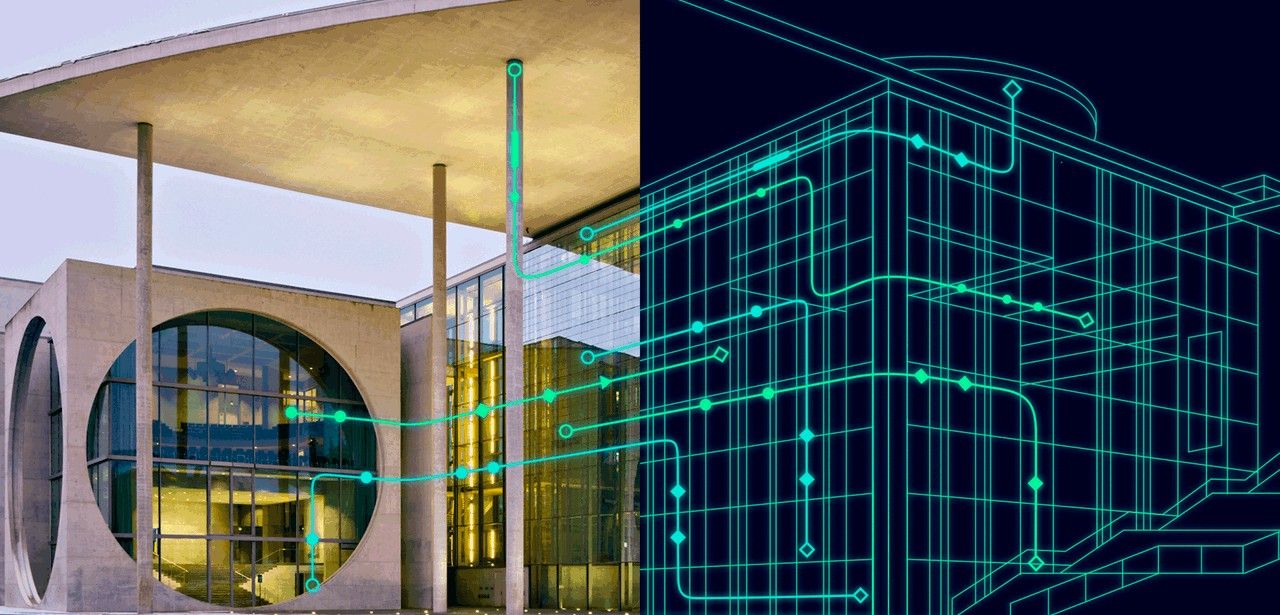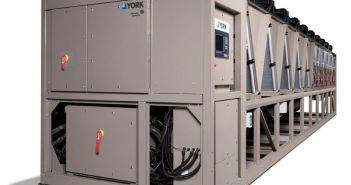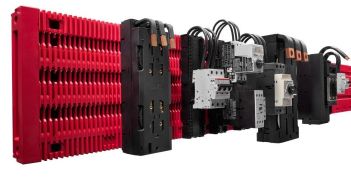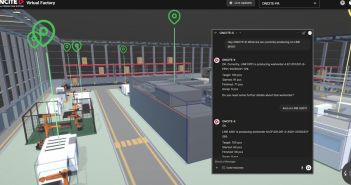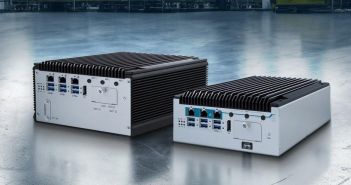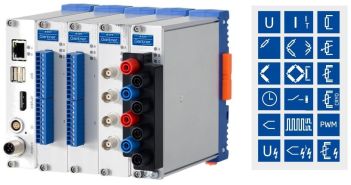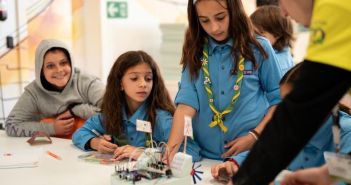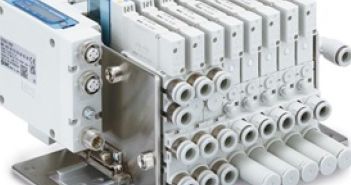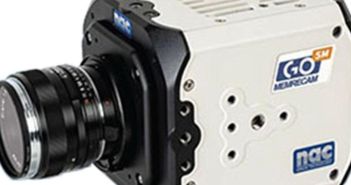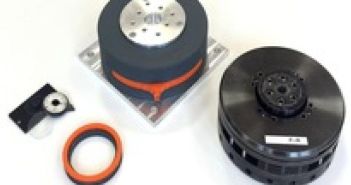The integration of Microsoft’s Digital Twin Definition Language (DTDL) with the W3C Consortium’s Thing Description Standard is a significant step towards standardizing Digital Twin languages. This standardization will provide customers with a consistent modeling experience and reduce fragmentation in the rapidly evolving IoT landscape. As a result, the effort required for integration will be reduced, allowing for easier system integration and interoperability.
Table of Contents: What awaits you in this article
Enhancing Efficiency and Cost Reduction with Standardized Digital Twin Languages
Digital twins are virtual replicas of physical objects, processes, or systems that reflect their real counterparts in a digital environment. They provide companies with the ability to monitor, forecast, and optimize their asset performance. Standardizing digital twin languages ensures interoperability, allowing seamless communication and integration across different digital twin systems and platforms. This enhances efficiency and reduces costs by facilitating smooth collaboration and data exchange.
Siemens supports W3C Thing Description Standard for future products
Siemens is actively supporting the emerging W3C Thing Description Standard for future products in the areas of building management, energy distribution, and smart grids. By extending this interoperability strategy to Microsoft Azure, customers will benefit greatly. The convergence of DTDL and W3C Thing Description allows customers to describe the physical world in a way that is not tied to specific IoT platforms. This strategic partnership emphasizes Siemens’ commitment to promoting collaboration and openness.
Microsoft’s Digital Twin Language enables modeling of physical world
The combination of Microsoft’s Digital Twin Definition Language (DTDL) and the W3C Thing Description Standard allows for the modeling of the physical world using Azure services. DTDL provides a comprehensive framework for representing and describing digital twins, while the W3C standard ensures interoperability by defining a common language for device interfaces and their integration into industry-standard ontologies. This integration reflects the shared conceptual similarities between the two languages and enables a seamless representation of physical objects and processes in the digital realm.
Converging DTDL and W3C Thing Description: Enhanced Interoperability for IoT
The merging of the Digital Twin Definition Language (DTDL) and the W3C Thing Description Standards provides customers with a seamless modeling experience and reduces fragmentation in the IoT landscape. This integration allows for easier system integration and interoperability, enabling companies to monitor, forecast, and optimize their equipment performance. The standardization of Digital Twin languages is crucial in ensuring seamless communication and integration between different Digital Twin systems and platforms. The partnership between Siemens and Microsoft highlights their commitment to promoting collaboration and openness, and democratizing the use of digital twins in the industry.
